Description
hardware flow control. It is an ideal choice in the field of industrial automation.
Design and implementation of variable frequency transmission system based on ABB hardware architecture
introduction
With the increasing development of transmission technology and the increasing demand for actual use, variable frequency transmission systems have been widely used.
As a Fortune 500 company in the world, ABB is a leader in the fields of power and automation technology and has strong capabilities in control
systems, high-voltage, medium-voltage and low-voltage frequency conversion technology and transmission technology. Therefore, this article mainly
relies on ABB”s control, frequency conversion and transmission technology, and uses related hardware products to design and implement the frequency conversion transmission system.
To truly design and implement a usable variable frequency drive system, the entire system must be fully equipped, conveniently operable and
compatible with a wide range of needs, so that it can be used without changing the control method and operation. According to the actual control needs,
that is, combining frequency converters with different performances and variable frequency motors with different speeds or torques to quickly build and realize a variety of control requirements.
1 System design purpose and composition
The design purpose of this system is to control ABB inverters through local and remote control methods and complete 4 independent channels
of closed-loop speed control to drive different test objects to rotate.
The entire control system consists of the following four main components: remote control computer, panel industrial computer (touch screen),
PLC and speed-regulating frequency converter. The system design block diagram is shown in Figure 1.
In order to ensure the accuracy of motor speed control, an encoder module is added. The PLC can obtain the feedback of the rotary encoder in the
frequency converter through the ProfibusDP protocol. The speed control is performed through the frequency converter for internal PID closed-loop control.
2 System hardware implementation
2.1 Control some hardware
The control part of the hardware mainly refers to the sum of hardware that supports operators to use the equipment directly or indirectly and complete
the functions of the equipment. Its main hardware includes computer control terminal, touch screen control terminal, PLC control unit, other auxiliary
circuits and measurement and control components.
2.2 Transmission hardware
The transmission hardware mainly refers to the total number of equipment that can relatively independently perform a complete transmission function.
Its main hardware includes frequency converters, variable frequency motors (configured with rotary encoders as needed) and other auxiliary circuits.
Among them, the selection of motors and frequency converters should be based on the principle of selecting the motor first and then selecting the
frequency converter. details as follows:
First, according to the tangential speed at which the object under test is to complete rotation, select the motor speed according to the following formula:
Secondly, choose based on several other important basic parameters of the motor, such as system hardness, torque, weight, etc
. This system uses ABB”s variable frequency motor.
Finally, select an appropriate frequency converter based on the motor power. In addition, the actual situation of the object being tested must also be taken
into consideration, such as whether the rotating load belongs to the heavy-load usage of the frequency converter, etc.
3Software system
System software includes three major categories in total, namely computer control software, touch screen software and PLC software. Among them, the PLC software, as the
underlying software, is responsible for the interaction with the computer control software and touch screen software on the upper side, and the interaction
with the frequency converter on the lower side. Therefore, from the architecture of the entire software system, it can be defined as a host and slave computer structure.
3.1 System development platform
The software system has two control methods: remote and local. The development platforms for the three major categories of software are Windows operating system,
LabVIEW[4] integrated development environment, CodesysV2.3, and CP400.
3.2 System software architecture
The software of the entire system is divided into three types, namely remote control software, PLC control software and local control software. Among them,
the remote control software runs under the Windows operating system and is developed under the LabVIEW integrated development environment; the PLC control software is
developed under the CodesysV2.3 programming environment; the local control software runs on the touch screen computer and is developed under the CP400 environment.
The relationship between the three software is shown in Figure 2.
Excitation system ABB module NDIO-02
Excitation system ABB module NDCU-33CX 3AUA0000052751
Excitation system ABB module NDCU-12C NDCU-12CK
Excitation system ABB module NDCS03
Excitation system ABB module NDBU-95C
Excitation system ABB module NDBU-95C
Excitation system ABB module NCTM01
Excitation system ABB module NCPM01
Excitation system ABB module NCOM04
Excitation system ABB module NCOM03
Excitation system ABB module NCOM02
Excitation system ABB module NCOM01
Excitation system ABB module NCNA-01
Excitation system ABB module NCIS02
Excitation system ABB module NCIS01
Excitation system ABB module NBTM01
Excitation system ABB module NBRA-658C
Excitation system ABB module NBIO-21CU
Excitation system ABB module NBIO-21C
Excitation system ABB module NBIM02
Excitation system ABB module NBIM01
Excitation system ABB module NASO01
Excitation system ABB module NASM04
Excitation system ABB module NASM03
Excitation system ABB module NASM02S
Excitation system ABB module NASM02E
Excitation system ABB module NASM02
Excitation system ABB module NASM01
Excitation system ABB module NASI02/F
Excitation system ABB module NASI02
Excitation system ABB module NAOM01
Excitation system ABB module NAMU-01C 64702475D
Excitation system ABB module NAMM03
Excitation system ABB module NAMM02
Excitation system ABB module NAMM01
Excitation system ABB module NAIO-03
Excitation system ABB module NAIO-03
Excitation system ABB module NADS01
Excitation system ABB module MX-CS101-401
Excitation system ABB module MTB-01 3HNA006035-001
Excitation system ABB module MSR04XI
Excitation system ABB module MPRC086444-005
Excitation system ABB module MPRC086444-005
Excitation system ABB module MJFA9902
Excitation system ABB module MFS3N-230V
Excitation system ABB module MFPM02
Excitation system ABB module MFE460A033BW
Excitation system ABB module MEM86-3×192/CMBMR3
Excitation system ABB module MDO32BNS
Excitation system ABB module MDI32BIS
Excitation system ABB module MCOB-02 3HNE09204-1/03
Excitation system ABB module MCCB-02 3HNA001572-001
Excitation system ABB module MCB-02 3HNA018575-001
Excitation system ABB module MB810
Excitation system ABB module MB801V512
Excitation system ABB module MB510 3BSE044219DB
Excitation system ABB module MB510 3BSE002540R1
Excitation system ABB module MB510 3BSE002540R1
Excitation system ABB module MAI32LAD
Excitation system ABB module MAI32LAD
Excitation system ABB module M3AA80B2
Excitation system ABB module M2004HW
Excitation system ABB module LXN1604-6
Excitation system ABB module LWN2660-6EG
Excitation system ABB module LWN2660-6E 3BHL000986P7002
Excitation system ABB module LWN2660-6E
Excitation system ABB module LWN2660-6
Excitation system ABB module LWN1902-6
Excitation system ABB module LTU-785
Excitation system ABB module LTC745A101 3BHE039905R0101
Excitation system ABB module LTC743CE22 3BHE013299R0022
Excitation system ABB module LTC743CE 3BHE013299R0001
Excitation system ABB module LTC743CE 3BHE013299R0001
Excitation system ABB module LTC391AE01 HIEE401782R0001
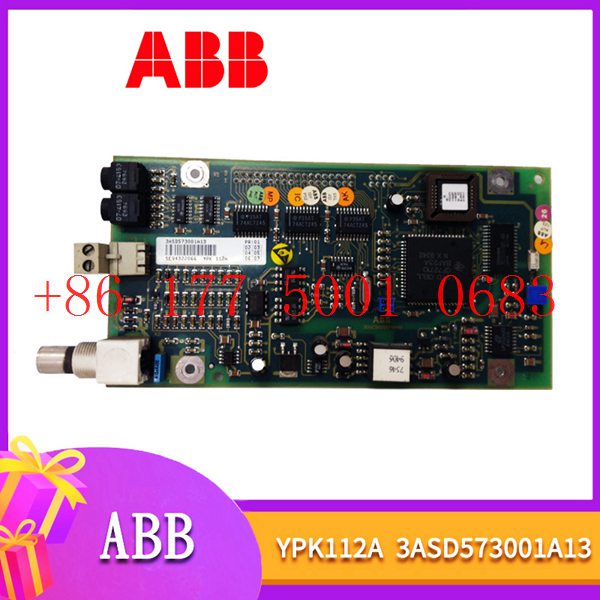
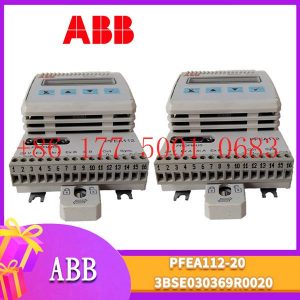
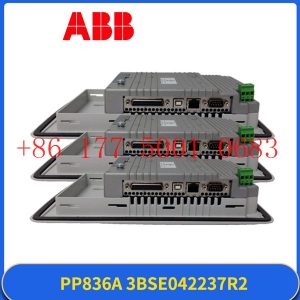
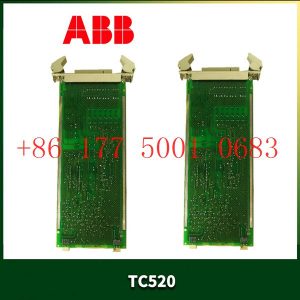
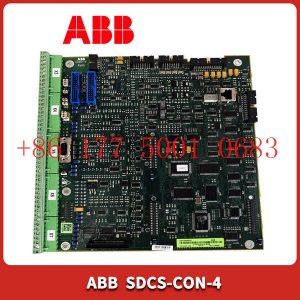
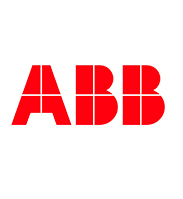

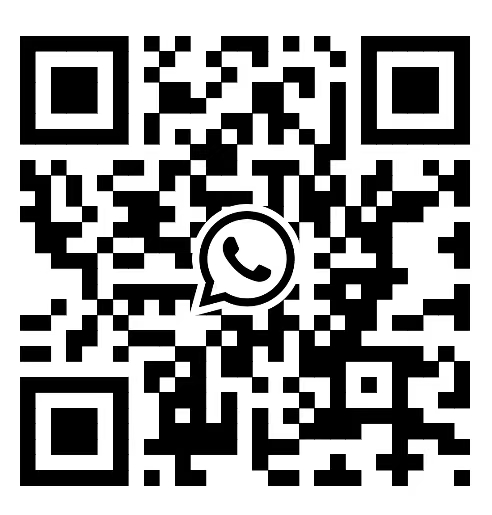
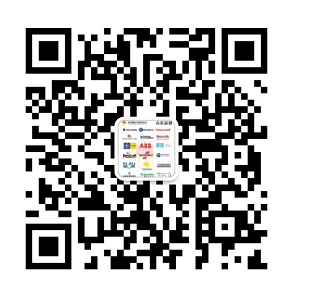
Reviews
There are no reviews yet.